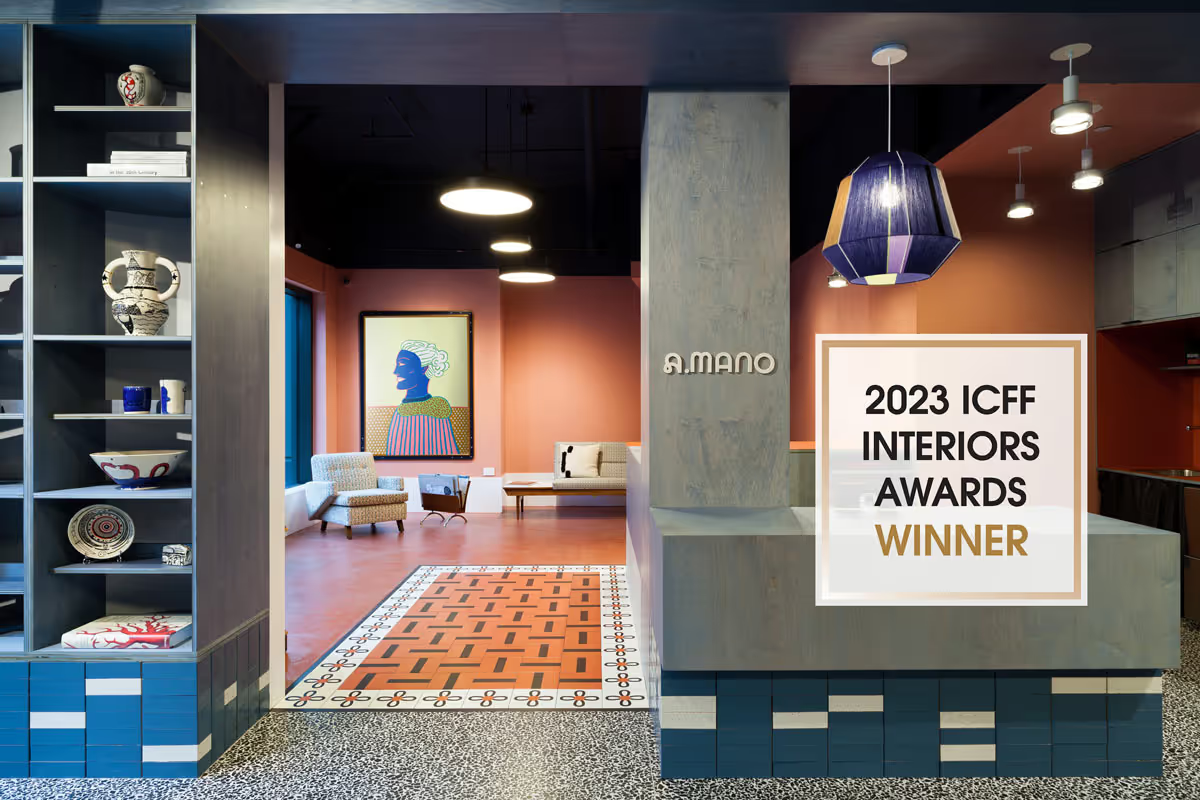Top Strategies for Successful Retail Store Design
A successful retail store design combines strategic planning, visual appeal, and a seamless customer experience. To create a captivating and memorable space, entrepreneurs should consider several key elements when designing their retail store.
1. Retail Brand Identity:
Your store design should reflect and communicate your brand's identity and values. It should be consistent with your brand's overall aesthetic, mission, and target audience. Utilize elements such as colors, logos, and signage to reinforce your brand's presence in the store.
2. Store Layout and Flow:
A well-designed layout is essential for a successful retail store. Consider how customers will move through the space and ensure the store is easy to navigate. Use focal points and strategic positioning of displays to guide customers and create a natural flow.
3. Visual Merchandising:
The way you display your products is crucial in attracting and engaging customers. Create visually appealing displays that showcase your products effectively and entice customers to explore further. Experiment with different arrangements, lighting, and props to create eye-catching displays.
4. Lighting:
Lighting plays a crucial role in setting the mood and highlighting your products. Use a combination of natural and artificial lighting to create an inviting ambiance and draw attention to specific areas or products. Consider the color temperature and intensity of the lighting to enhance the overall shopping experience.
5. Storefront:
The storefront is the first impression customers have of your store. A captivating storefront that stands out is essential in attracting foot traffic. Use visually appealing signage, window displays, and a well-maintained entrance to create a strong curb appeal.
6. Customer Comfort:
Make sure your store is comfortable for customers to spend time in. Provide seating areas, restrooms, and adequate ventilation, heating, or air conditioning. Pay attention to the layout of furniture and fixtures to ensure ease of movement and a pleasant shopping experience.
7. Technology Integration:

Incorporate technology into your retail store design to enhance the customer experience. Use interactive displays, touch screens, or virtual reality to engage customers and provide relevant product information. Implement a seamless and convenient checkout process, such as mobile payment options or self-checkout kiosks.
8. Music and Scent:
Consider using background music and pleasant scents to create a unique atmosphere in your store. Music can influence the mood and pace of customers, while fragrances can evoke emotions and trigger memories. Choose music and scents that align with your brand and target audience to enhance the shopping experience.
9. Sustainability:
Incorporating sustainable practices and materials into your retail store design can attract environmentally conscious customers and help reduce your environmental impact. Consider using energy-efficient lighting and eco-friendly materials and implementing recycling or composting programs.
10. Flexibility and Adaptability:
As consumer preferences and trends change, it's essential to have a retail store design that can adapt and evolve. Design your store with flexible fixtures, movable displays, and modular layouts that can be easily rearranged or modified. This will allow you to stay current and meet the changing needs of your customers.
11. Accessibility:
Ensure your retail store design is accessible to all customers, including those with disabilities. Install ramps or lifts for wheelchair accessibility, provide clear signage and wayfinding for visually impaired customers, and make sure aisles and pathways are wide enough to accommodate mobility devices. By creating an inclusive and accessible environment, you can attract a wider range of customers and show your commitment to diversity and equality.
12. Staff Training and Support:
Your retail store design should also consider your staff's needs. Provide them with well-designed workstations, storage areas, and break rooms to enhance their well-being. Additionally, invest in staff training and provide ongoing support to ensure they are knowledgeable about your products and can deliver exceptional customer service.
13. Community Engagement:
Design your retail store to foster community and encourage customer engagement. Create a designated space for workshops, classes, or events that align with your brand values and attract like-minded individuals. Consider partnering with local organizations or hosting charity events to give back to the community. By creating a space beyond just selling products, you can build a loyal customer base and establish your retail store as a hub for the community.
14. Flexibility for Online-Offline Integration:
In today's digital age, seamlessly integrating your online and offline presence is essential. Design your retail store with features allowing customers to easily access your online store or website. Online and offline channels are the same. They should all work together to give the best omnichannel experience to your customers.

.svg)



.avif)
%20(3).avif)
